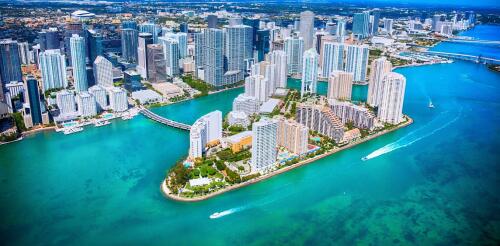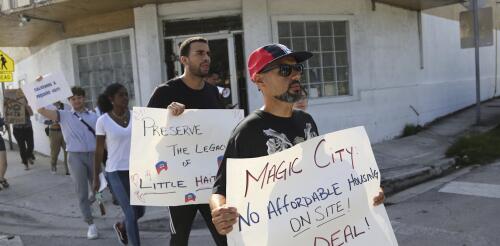Miami
Flowers grown on inexpensive floating platforms can help clean polluted waterways, over 12 weeks extracting 52% more phosphorus and 36% more nitrogen than the natural nitrogen cycle removes from untreated water, according to our new research. In addition to filtering water, the cut flowers can generate income via the multibillion-dollar floral market. In our trials of various flowers, giant marigolds stood out as the most successful, producing long, marketable stems and large blooms. Their yield matched typical flower farm production. Why it matters Water pollution is caused in large part by runoff from farms, urban lawns and even septic tanks. When it rains, excess phosphorus, nitrogen and other chemicals wash into lakes and rivers. These nutrients feed algae, leading to widespread and harmful algae blooms, which can severely lower oxygen in water, creating “dead zones” where aquatic life cannot survive. Nutrient runoff is a critical issue as urban areas expand,...
PFAS, the “forever chemicals” that have been raising health concerns across the country, are not just a problem in drinking water. As these chemicals leach out of failing septic systems and landfills and wash off airport runways and farm fields, they can end up in streams that ultimately discharge into ocean ecosystems where fish, dolphins, manatees, sharks and other marine species live. We study the risks from these persistent pollutants in coastal environments as environmental analytical chemists at Florida International University’s Institute of the Environment. Because PFAS can enter the food chain and accumulate in marine plants and animals, including fish that humans eat, the spread of these chemicals has ecological and human health implications. Biscayne Bay and nearby coastal areas are teeming with fish, including many varieties that people eat. NPS image by Shaun Wolfe I...
Miami’s Little Haiti has been an immigrant community for decades. Its streets are lined with small homes and colorful shops that cater to the neighborhood, a predominantly Afro-Caribbean population with a median household income well below Miami’s. But Little Haiti’s character may be changing. A $1 billion real estate development called the Magic City Innovation District is planned in the neighborhood, with luxury high-rise apartments, high-end shops and glass office towers. Little Haiti’s streets have been lined with murals and mom-and-pop shops for generations, but that’s changing. Joe Raedle/Getty Images The developers emphasize their commitment to sustainability. But high-end real estate investments like this raise property values, pushing up property taxes and the cost of living for surrounding neighborhoods. The potential effect on shops and homeowners and on t...


